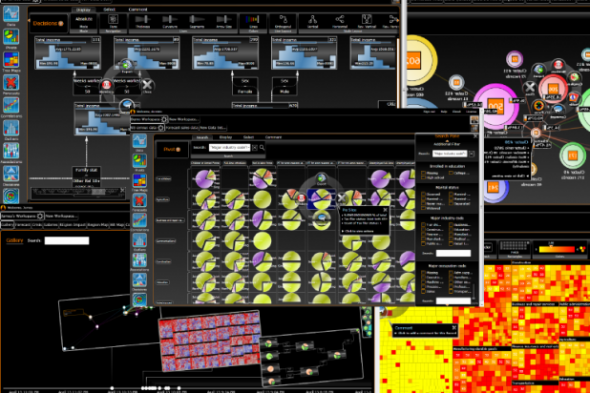The trend of acquisitions of software and data providers is continuing, but with a twist that may lay the foundation for innovation in the insurance industry.
CoreLogic closed out 2013 with a bang by announcing its acquisition of Eqecat, a catastrophe modeling firm, on Dec. 20, adding to an already impressive list of acquisitions in the past year. CoreLogic added three real estate companies from TPG Capital Decision Insight Information Group--Marshall & Swift/Boeckh, DataQuick Information Systems and DataQuick Lender Solutions (credit and flood-services units)--further extending into the insurance data and analytics space.
On Jan. 13, 2014, SNL Insurance, which provides a range of statutory data for insurers that links with public data, announced the acquisition of iPartners LLC, a SaaS business intelligence and analytics solution for both the property and casualty and life and annuity insurance industries. SNL says the acquisition will provide its clients a robust BI and reporting tool for operational needs.
And Verisk Analytics, a supplier of data to insurers and banks, announced on Jan. 14 the acquisition of EagleView Technology, a provider of property images for nearly 90% of all U.S. structures. The images, based on digital aerial image capture, are analyzed to provide information to estimate property size and proximity to risks to assist in underwriting and claims assessments.
While the initial reaction might be to think of these as just another series of acquisitions, these actually point to the great possibility for change in how we access and use data in the insurance industry, a real mash-up of ideas and technology. As an industry, we are intensely dependent on data. But the data we use is fragmented across multiple organizations, accessed and paid for based on 10- to 20-year-old business/pricing models, requires significant integration and is often ineffectively used because of a lack of analytic capabilities. But these acquisitions have the potential to change this landscape.
These acquisitions and others are positioning the industry to be ready to move beyond long-held traditional offerings into “pay-by-use models” for both software (SaaS) and data (DaaS). Each offers the deepening analytics capabilities and expertise that can be used to analyze and create data from all the source data acquired, offering new data points for insurance business processes. Together, these create the opportunity to completely change the business model for data providers. This will enable the provision of new pricing, ease of access and new data based on analysis for many insurers, particularly mid-sized to small insurers, that may not have the expertise, resources or technology to do this by themselves.
As new models emerge, the implications and the opportunities will be substantial. There could be a new wave of innovation for insurance products, business processes, markets, competition and business models. The playing field could be leveled for access to traditional and new data and information for insurers of all sizes and even for new entrants to the industry.
Who will take the first step forward in creating and offering a new model? How quickly will the innovator bring value and potential to the industry? If the traditional providers don’t, then companies outside our industry who see the strategic importance of data, cloud and new models will. Does Google come to mind?





